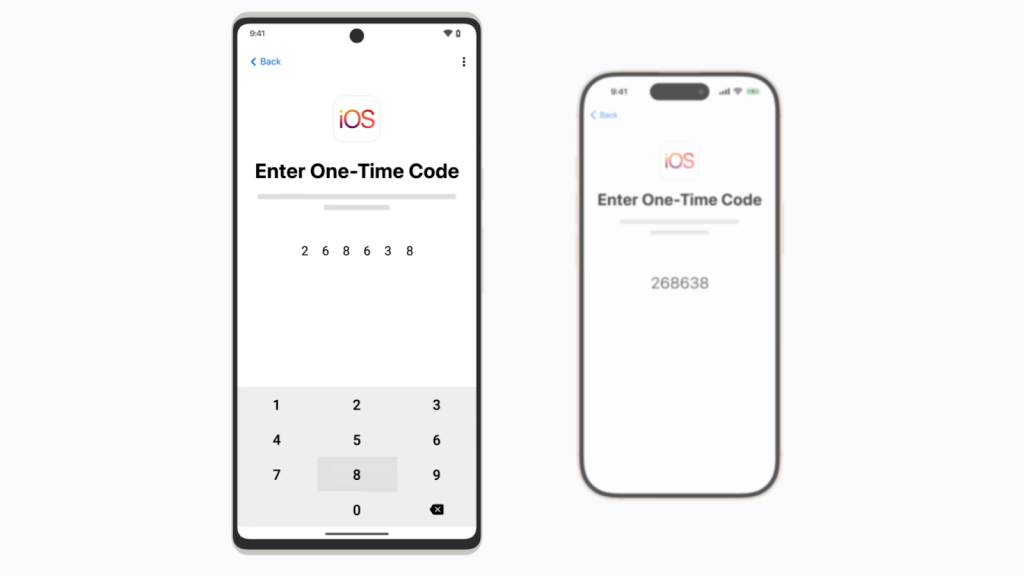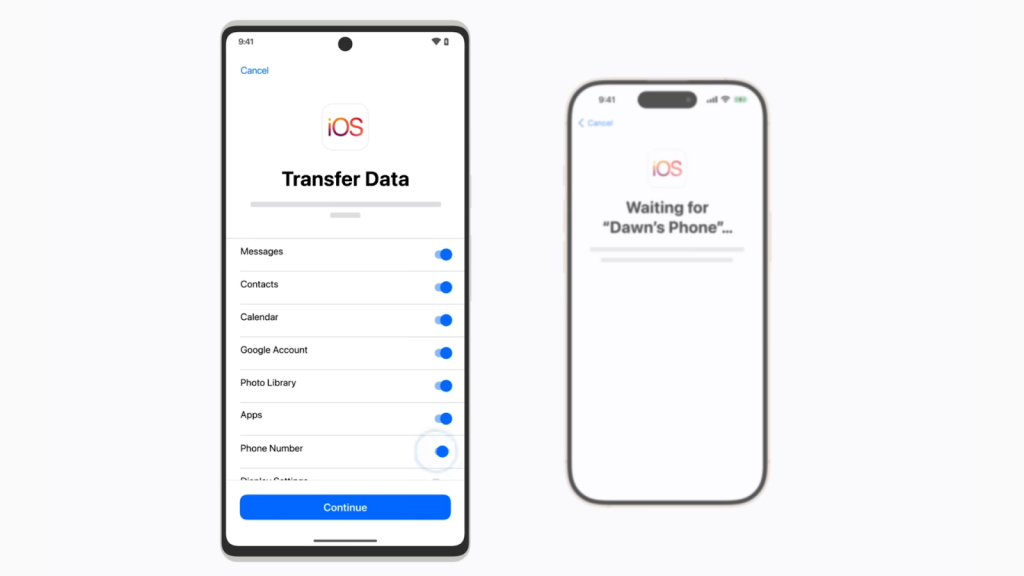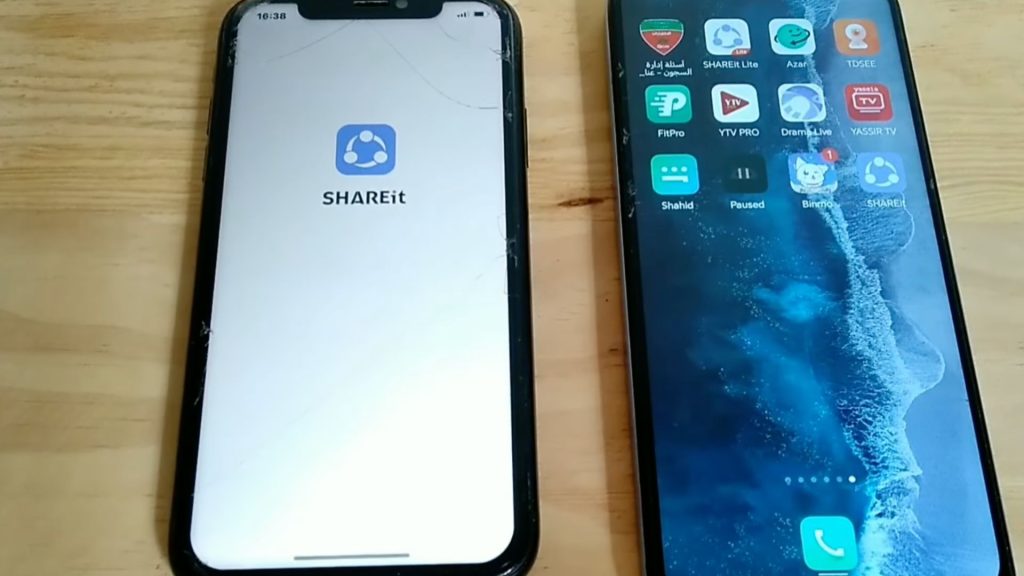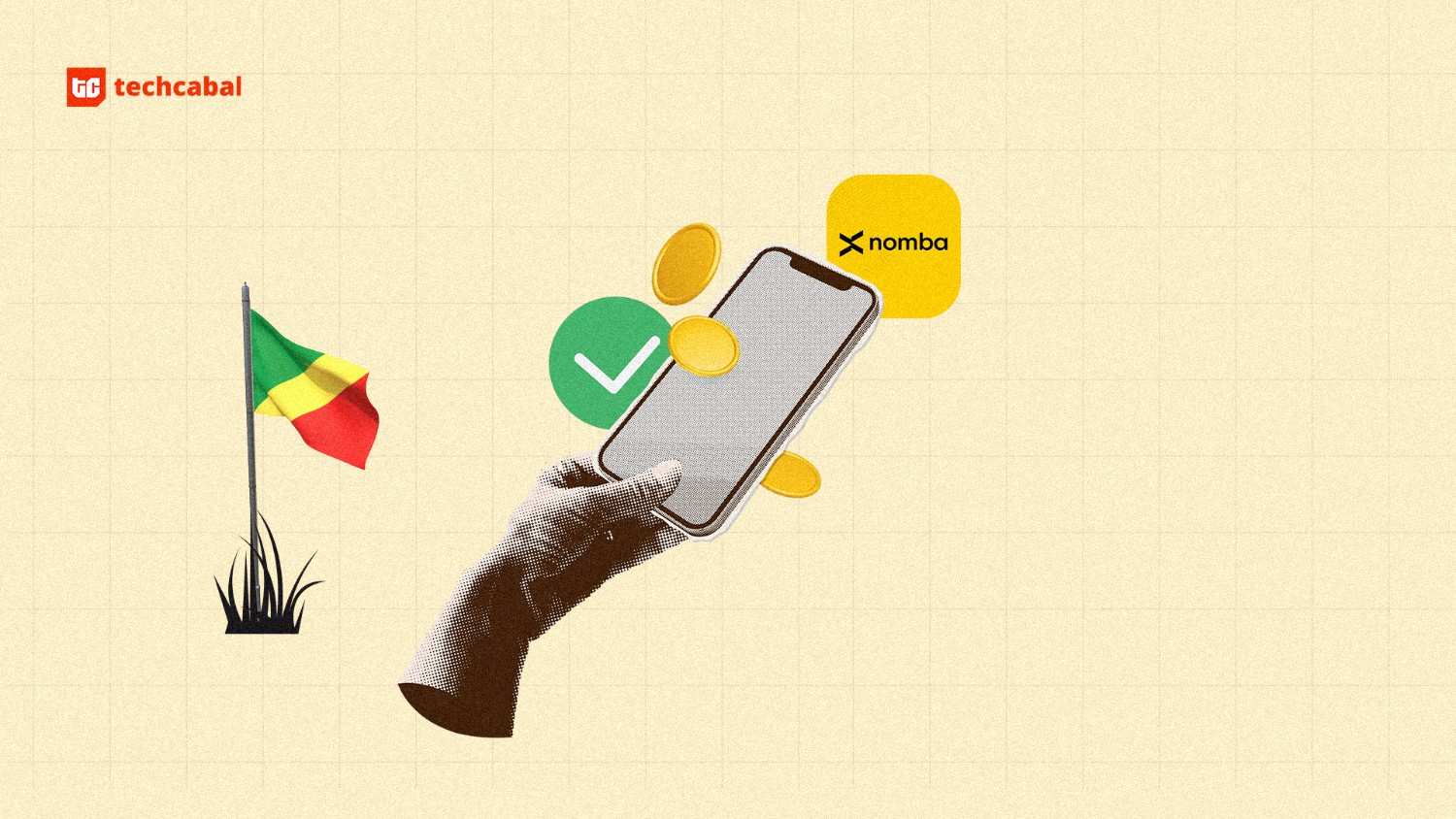I once tried to send a single photo from my Android phone to my friend who uses an iPhone. A simple photo. Nothing big. It felt like it should take five seconds, but it turned into a long search through settings, apps, and options that didn’t lead anywhere.
That moment made me realise that moving files between these two phones is not as straightforward as it should be. The systems work differently, and you need the right method depending on what you want to send.
This guide breaks down how to transfer files from Android to iPhone through five interesting methods, including the new Quick Share and AirDrop connection announced by Android on November 20.
Method 1: Move to iOS
Move to iOS is Apple’s official app for moving your data from an Android phone to a new iPhone. It is built to move your files safely and keep everything organised on the new device.
What you need before you start
Make sure both devices stay plugged in and connected to WiFi. Turn off mobile data on your Android phone so it does not switch networks during the transfer. Also, confirm that your iPhone has enough storage for everything you plan to move.
Move to iOS only works during the first setup of a new iPhone. If you have already set up your iPhone, you must erase it and start again to access the transfer screen.
How to transfer your data
- On your Android phone, download and open the Move to iOS app.
Image source: Apple Support on YouTube
- Turn on your new iPhone and start the setup process.
- When you reach the Transfer Your Apps and Data screen, choose From Android and tap Continue.
- Your iPhone will show a code. Enter this code on the Move to iOS app on your Android phone. This connects both devices through a private WiFi link.

Image source: Apple Support on YouTube
- Pick the files and data you want to move, keep both devices close, and wait for the transfer bar to complete.

Image source: Apple Support on YouTube
- Tap Done on your Android phone and continue setting up your iPhone.
What Move to iOS can transfer
Move to iOS lets you move your contacts, messages, call history, calendars, photos, videos, and documents. It also supports WhatsApp chat history and transfers settings such as display options and web bookmarks. Free apps available on both stores are matched so that you can download them easily on your new iPhone.
This method works well if you want a smooth transition from Android to a brand-new iPhone.
Method 2: Direct sharing between Android and iPhone with Quick Share and AirDrop

Image source: Google blog
Google has added a significant update that lets Android users share files directly with iPhone users through Quick Share and AirDrop. This new feature launches with the Pixel 10 family and will roll out to more Android phones later.
How to set it up on your Pixel 10
- Open Settings.
- Tap your name at the top, then go to All services, Privacy and security, and System services.
- Update the Quick Share Extension and restart your phone.
How to set it up on your iPhone
- Open Settings.
- Go to General, then AirDrop.
- Set your AirDrop to Everyone so your phone can be discovered.
Sending a file from Pixel 10 to iPhone
- Open the file you want to send and tap the Share icon.
- Choose Quick Share.
- Your phone will find nearby devices. Pick the iPhone from the list.
- The iPhone will get a standard AirDrop prompt. Once the user accepts, the file transfers instantly.
Sending a file from iPhone to Pixel 10
- Make sure your Pixel 10 Quick Share settings allow discovery.
- On the iPhone, open the file and tap the Share icon.
- Choose AirDrop and select the Pixel 10.
- Accept the incoming file on your Pixel 10.
This update removes the barrier between the two platforms, making simple file sharing much easier.
Method 3: Using cloud storage for selective transfers
Cloud storage is a simple way to move files without connecting both devices at once. It works well when you only want to move photos, videos, or documents rather than a complete phone switch.
Using Google Drive
Google Drive is easy to use since many Android phones already sync files through a Google Account.
- On your Android phone, open Google Drive and upload the files you want to move.
- On your iPhone, download Google Drive from the App Store and sign in with the same Google Account.
- Open the files you need and save them to your iPhone or into another app.
Large uploads are limited. Google sets a daily upload cap of 750 GB. If you have huge folders or heavy video files, you might need to upload in batches and wait for the next day before continuing.
Using Dropbox
Dropbox lets you send huge single files via a link.
- On your Android phone, open Dropbox and choose the files you want to send.
- Create a transfer link, set a name or expiration date if needed, and copy the link.
- Send the link to your iPhone through email or messages.
- Open the link on your iPhone and download the file.
File size limits depend on your Dropbox plan. Free accounts allow up to 2 GB per transfer, while paid plans support larger sizes and longer expiration times.
Cloud storage is a good choice when you want flexibility and you are not in a hurry to move everything at once.
Method 4: Using a computer for a wired transfer
A wired transfer gives you direct control over your files. It is useful when you want to move large media files without depending on internet speed or cloud limits. The process has two simple stages. First, copy your files from your Android phone to your computer, then move them from your computer to your iPhone.
Stage 1: Moving files from Android to your computer
- Connect your Android phone to your computer with a USB cable, then select File Transfer on the phone.
- Open your file manager on the computer. Look for your photos and videos in the DCIM folder, your music in the Music folder, and your documents in the Documents folder.
- Copy the files you want and save them in a folder on your computer.

Image source: My Andy Buck on YouTube
Stage 2: Moving files from your computer to your iPhone
- Connect your iPhone. On a Mac, open Finder if you use newer macOS versions or open iTunes on older ones. On Windows, open the Apple Devices app or iTunes.
- For photos and videos, select your iPhone in the app, then sync the folder you saved earlier.
- For music, drag the songs into the Music app on your Mac, the Music section of Apple Devices, or iTunes, then sync your iPhone.
- For books and PDFs, add them to the Books app or the Apple Devices app and sync again.
Wired transfers can still be limited by cable speed. Some Android phones use slower USB standards, so huge files might take longer to move than expected.
Method 5: Using local file sharing apps
Local file-sharing apps let you move files quickly without cables or cloud uploads. They work by creating a direct connection between your Android phone and your iPhone.
Send Anywhere
Send Anywhere app uses a short code to move files in real time.
- Install the app on both your Android phone and your iPhone.
- On your Android phone, tap Send, then select the files you want. You will get a 6-digit code.
- On your iPhone, open the app, choose Receive, and enter the code.
- The files are transferred immediately over your local Wi-Fi connection.
SHAREit
SHAREit app creates a temporary hotspot from your Android phone that your iPhone connects to.
- On your Android phone, open SHAREit and choose the Connect to iOS option. The phone creates a hotspot.
- On your iPhone, go to WiFi settings and join that hotspot.
- Send the files from your Android phone. On your iPhone, tap the received file and save it to your Camera Roll or another folder.

Image source: atlasyy on YouTube
What to keep in mind
These apps are fast and flexible, but you should always check the developer’s reputation and privacy policy before using them. Since they are not built into Android or iOS, their security depends on how the app is designed.












